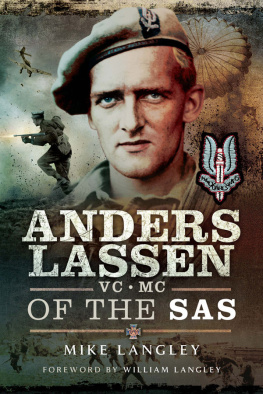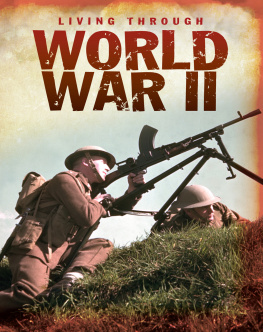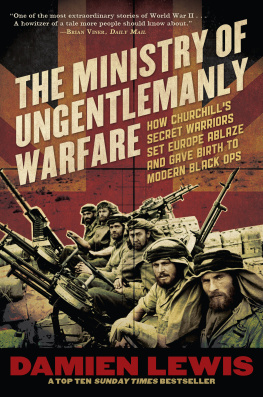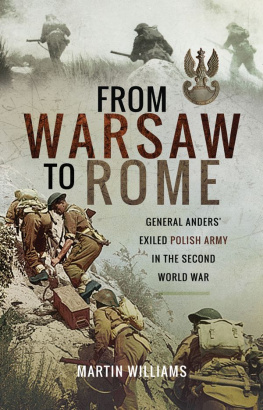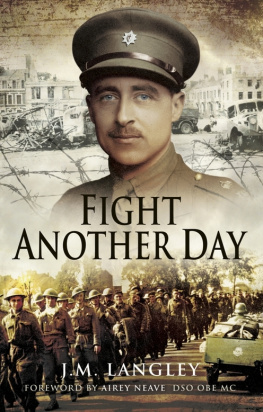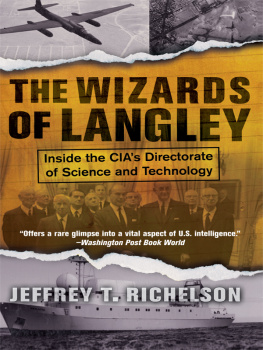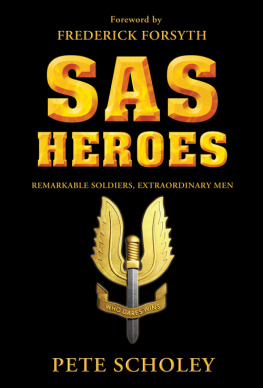
Anders Lassen VC, MC, of the SAS
Odins creed, if we disentangle the real kernel of it, is true to this hour. A man shall and must be valiant ... Now and always, the completeness of his victory over fear will determine how much of a man he is. It is doubtless very savage that kind of valour of the old Northmen ... They thought it a shame and misery not to die in battle.
Thomas Carlyle
On heroes, hero-worship and the heroic in history
1841
Anders Lassen VC, MC, of the SAS
The story of Anders Lassen and the men who fought with him
Mike Langley
Foreword by William Langley
First published in the UK in 1988 by New English Library
This edition published in Great Britain in 2016 by
Pen & Sword Military
an imprint of
Pen & Sword Books Ltd
47 Church Street
Barnsley
South Yorkshire
S70 2AS
Copyright main text Mike Langley 1988
Copyright foreword William Langley 2016
ISBN 978 1 47387 951 5
eISBN 978 1 47387 953 9
Mobi ISBN 978 1 47387 952 2
The right of Mike Langley to be identified as the Author of this Work has been asserted by him in accordance with the Copyright, Designs and Patents Act 1988.
A CIP catalogue record for this book is available from the British Library
All rights reserved. No part of this book may be reproduced or transmitted in any form or by any means, electronic or mechanical including photocopying, recording or by any information storage and retrieval system, without permission from the Publisher in writing.
Pen & Sword Books Ltd incorporates the imprints of Pen & Sword Archaeology, Atlas, Aviation, Battleground, Discovery, Family History, History, Maritime, Military, Naval, Politics, Railways, Select, Transport, True Crime, and Fiction, Frontline Books, Leo Cooper, Praetorian Press, Seaforth Publishing and Wharncliffe.
For a complete list of Pen & Sword titles please contact
PEN & SWORD BOOKS LIMITED
47 Church Street, Barnsley, South Yorkshire, S70 2AS, England
E-mail:
Website: www.pen-and-sword.co.uk
Maps
Voyage of the Maid Honor
The Aegean
Italy and Yugoslavia
Plates
Geoffrey Appleyard ( courtesy of Ian Appleyard)
Gus March-Phillipps as novelist and soldier ( courtesy of Henrietta March-Phillipps)
The young Anders Lassen ( courtesy of Frants Lassen)
The Maid Honor (courtesy of Henrietta March-Phillipps)
Fernando Po ( Imperial War Museum)
Lassen aboard the Maid Honor (courtesy of Frants Lassen)
Anderson Manor ( After the Battle Publications)
Grant Taylor ( Imperial War Museum)
Training at Kalbrit ( courtesy of E.R. Hancock)
Breakfast on the Tewfik (courtesy of E.R. Hancock)
Lassen and Pipo (courtesy of Frants Lassen)
Dick Holmes and Duggie Pomford (courtesy of E.R. Hancock)
More members of the team (courtesy of E.R. Hancock)
Visiting day at the hospital after Comacchio (courtesy of E.R. Hancock)
A memorial bust (courtesy of Frants Lassen)
A heros grave ( Commonwealth War Graves Commission)
Foreword, by William Langley
I first became aware of my fathers interest in Anders Lassen when I returned from a working stint in New York to find him practising knife-thrusts in the family kitchen. Keep it low, he hissed. Aim upwards. Dad, for his part, had recently been in Crete where, so I learned, he had been researching the life of a World War Two soldier I had never heard of, and, in my mildly exhausted state, wasnt terribly interested in.
Over lunch, with the knife safely restored to routine carving duties, he began to tell me of his new interest in an extraordinary Danish warrior; a man of apparently sophisticated tastes and primitive instincts, skilled in the arts of both seduction and killing, who, despite being one of the most highly decorated soldiers of the war, was virtually unknown to the public.
Today, the myth of Andy Lassen awarded three Military Crosses and the only Victoria Cross ever won by the SAS is steadily growing. Historians credit the blue-eyed Dane with everything from providing the inspiration for James Bond (Ian Fleming, on attachment to the Special Operations Executive, would have been well aware of Lassens debonair-but-deadly exploits), to being some kind of prototype ideal of European co-operation.
Keen as he was for Lassens achievements to be recognised, Im not sure Dad would have endorsed such theorising. This book, first published in 1988, presents Lassen as the man his comrades, family and friends knew. Its great value as a biography is the first-hand nature of its sources, almost none of whom are alive today. Important figures in the story, such as Earl Jellicoe, Lassens commanding officer in the Special Boat Squadron, opened doors to others, whose reminiscences led to others. Mike Langley, with his practised reporters skills, was able to track down and interview a wide range of the people who actually knew and fought with Lassen.
It was a natural story for him. Dad, although a few years younger than Anders, had also been in a wartime naval special ops unit, landing at Juno Beach on D-Day, later fighting his way north into Belgium. Like many servicemen of his generation, he didnt talk much about what he had done or seen, but as he grew older his interest in the war stirred, and when he stumbled on the story of Lassen he felt it was one he had to tell.
The only biography then in existence was by Suzanne Lassen, Anderss mother, published in Danish and out of print for several years. Understandably, this was more of a eulogy to a lost son heavy with memories of family life at the Lassens country estate in southern Jutland -and sparse in its chronicling of the violent events that led to Anders death in April 1945. In effect, Dad was starting from scratch.
An early realisation was that Lassen was no Boys Own hero. Mateyness and team spirit, as your average British squaddie might understand them, were not his thing at all. He could be detached, obsessive, lecherous, brutal, cold and impervious to the basic disciplines of warfare. Many recollections of him included variations on the image of the coiled spring. No one really knew what Lassen would do next, or particularly wanted to be around when it happened.
I think my father finished the book liking Lassen less than he had expected and admiring him more. This was an important distinction, for it is hard to read of Lassens incredible feats of bravery without feeling that this was a man who cared very little for himself. There were things he did care about though particularly those who served under him and his family; and he was exceptionally patriotic, even for an era when national pride was not considered suspect. The war was personal to Anders.
It was never his intention to become a soldier, and without the German invasion of Denmark in 1940 he might have remained in contented obscurity as a merchant seaman, perhaps finishing his days sipping akavit in a bar on Copenhagens quayside. It took the war to unearth the fearsome qualities later summed up by Col. David Sutherland of the Special Boat Squadron: In my opinion Anders caused more damage and discomfort to the enemy over five years than any other man of his rank and age ...
For all his ferocity, Lassen was no mere killing machine. He was creative, fastidious and carefully chose his weapons to suit the occasion. The knife, as my father explained that day, was a particular favourite. It never runs out of ammunition.
Next page
